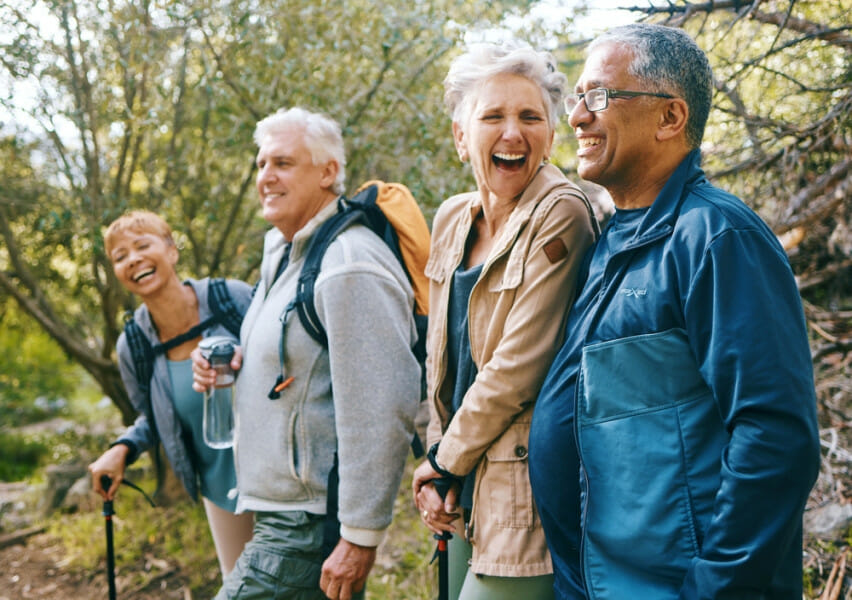Can You Get a ‘Runner’s High’ From Walking? Experts Say Yes
Runners often experience various benefits from their runs, such as stronger legs, a healthier heart, and reduced stress. However, one of the most coveted rewards of running is the elusive “runner’s high.” This phenomenon is characterized by a sense of bliss or euphoria, as well as reduced pain. It can occur during or after any intense exercise that raises your heart rate for a prolonged period of time.
According to Karissa Bollinger, a certified exercise physiologist and ultramarathon runner, the runner’s high is often described as a feeling similar to being “high” and is accompanied by positive emotions and a sense of well-being. The intensity of this euphoria can vary based on factors such as the type and duration of exercise, emotional state, and individual physiology.
But here’s the question: can you achieve a runner’s high from walking workouts, which are typically less intense than running?
First things first: What creates a runner’s high?
Bollinger explains that the exact physiological cause of a runner’s high is not fully understood. However, it is believed to be related to the release of endorphins. During exercise, the body releases endorphins to help alleviate discomfort and pain, as well as promote a positive mood. Endorphins can also induce a sense of well-being and relaxation. Additionally, other chemicals and hormones such as dopamine, serotonin, and anandamide may also contribute to the runner’s high sensation.
Is walking enough to cause the same reaction?
Although the term “runner’s high” is traditionally associated with running, it is possible to experience a similar euphoria from any aerobic exercise that elevates your heart rate and breathing, including cycling, swimming, and yes, walking.
However, to achieve a runner’s high through walking or any other activity, Bollinger states that the intensity must be high enough and the duration must be long enough. The heart rate should typically be elevated to around 60 to 85 percent of the maximum heart rate for at least 20 to 30 minutes. To calculate your maximum heart rate, subtract your age from 220.
Tips for getting a runner’s high from walking
Since walking is generally a low-intensity exercise, you may need to make some adjustments to elevate your heart rate. Here are some suggestions from Bollinger:
Wear a heart rate monitor
Using a heart rate monitor can help you track the intensity of your walking workouts and ensure you stay within your target heart rate zone for releasing endorphins.
Incorporate hills
Walking on an incline or finding routes with long uphill sections can increase the intensity of your walks, leading to a higher heart rate.
Increase your speed
Walking at a faster pace and incorporating intervals of faster walking can elevate your heart rate and improve cardiovascular fitness.
Pack on the pounds
Adding resistance to your walks can be done by wearing a weighted vest or ankle/wrist weights, carrying dumbbells, or using a backpack.
Incorporate bodyweight exercises
Including lunges, squats, or calf raises during your walking intervals can strengthen leg muscles and increase physical effort, resulting in a higher heart rate.
Change terrain
Walking on sand, rocky trails, or other challenging terrains can make your cardio workout more intense, engage your lower body and core muscles, and improve balance.
Be patient
Consistency is key. Over time, with regular walking workouts, your fitness level will improve. This will make it easier to sustain the intensity and duration of your walks and potentially experience a “walker’s high.”
It’s important to note that achieving a runner’s high may still be elusive even for many runners. However, regardless of whether you experience that euphoric feeling, engaging in cardio exercises like walking offers numerous physical and mental health benefits. Our bodies naturally produce chemicals that promote a positive mood, and harnessing these benefits through exercise can be incredibly empowering and rewarding.
















